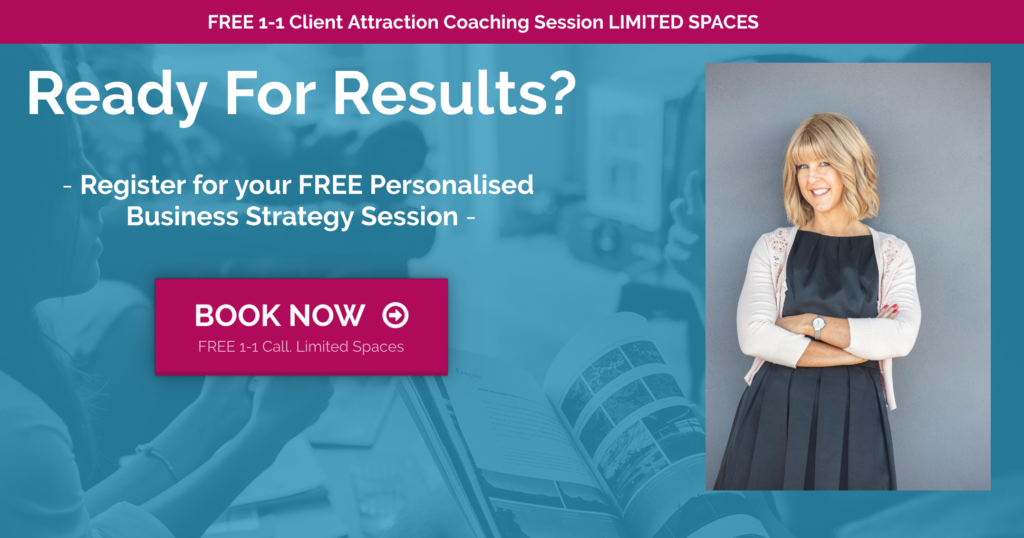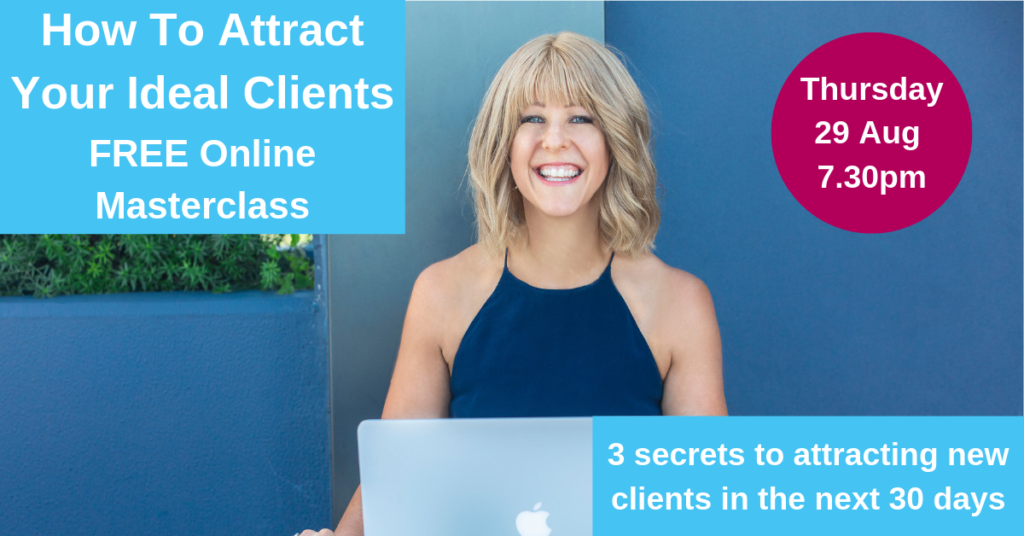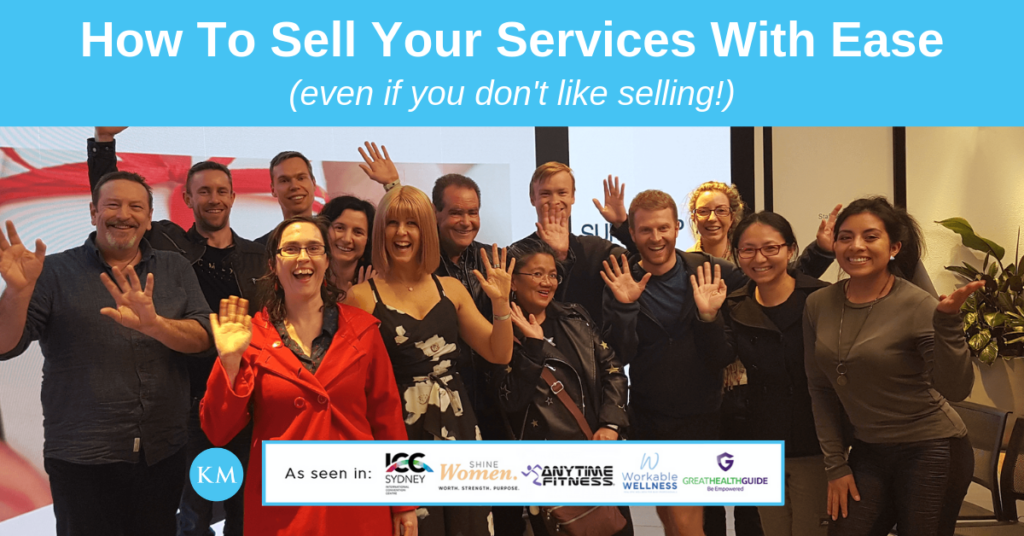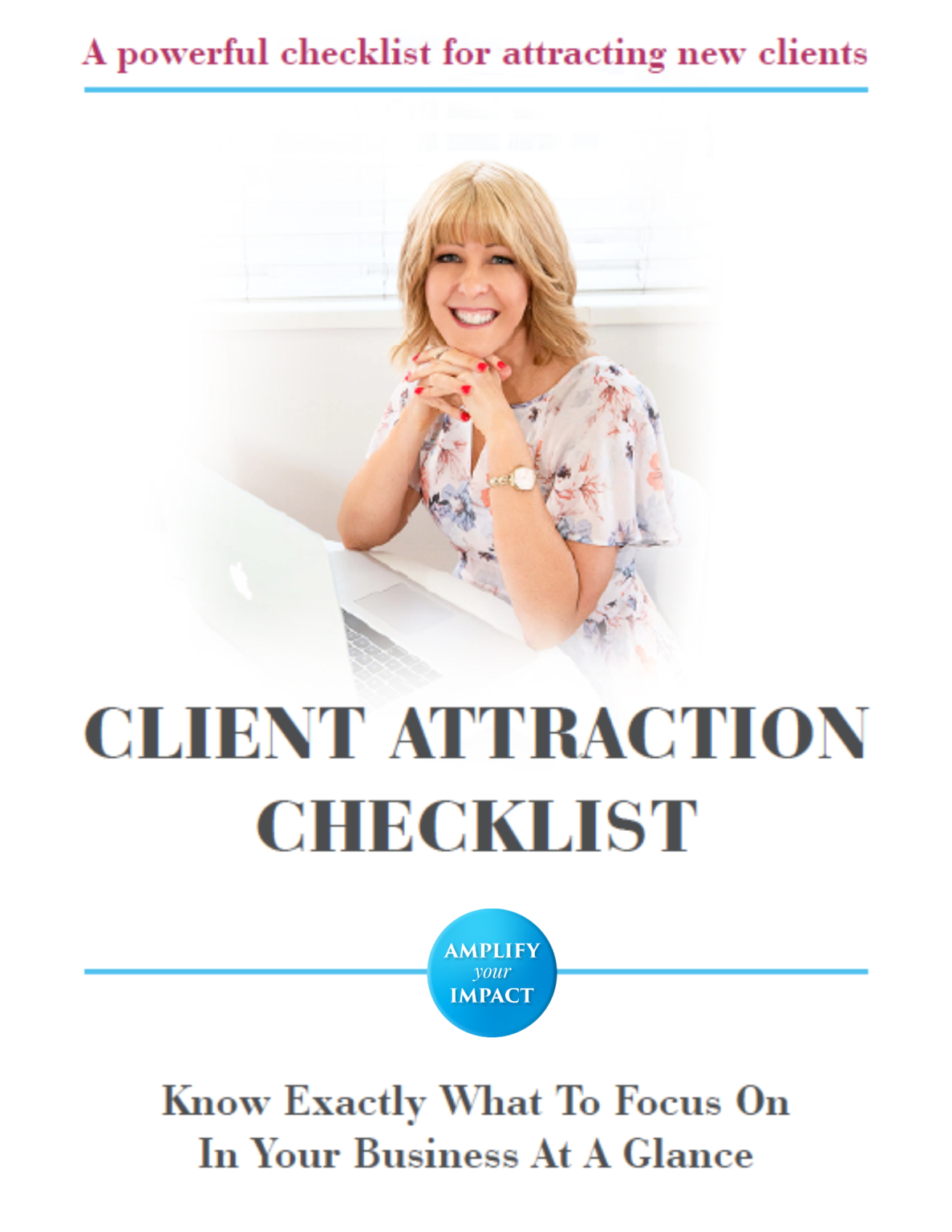Want some simple hacks for how to use your voice to come across more confidently?
In order to come across more confidently, we have 3 ways to do it:
- Our body language (posture, gestures, facial expressions etc.)
- How we say it (tonality)
- What we say (the words)
This is part 2 of a 3-part series on confidence about the different communication styles of confidence.
In part 1 I share how to use more confident body language.
In this article, I talk about tonality – how we say things.
Our language is like musical rhythm and melody. There are seven notes in the musical scale. And we can take our voice up and down.
Think about the pitch, the power, the pauses and the pace of the way that we speak. We can use the variety of these things within our tonality to come across more or less confident.
At both a conscious and an unconscious level, we can tell when someone’s confident by the way they express the words coming out of their mouth.
The words coming out of our mouth is only about 7% of communication – that means about 93% of our communication is body language and tonality.
Tonality makes up about 38% of our total communication.
To come across more confident as a business owner or in the workplace, it comes down to three things – our body language, our tonality and the words we speak.
You know very quickly when someone is unconfident.
Think now about an unconfident person – the way they speak.
Our brain is wired to be able to pick up if someone is certain and confident and sure themselves or not because we tend to trust people more if they’re more confident.
So you’re already doing this at an unconscious level.
Now think of the most confident person you know. Think about the tonality, how they actually speak. They do certain, predictable things that project confidence.
What are those things? Here are 3…
1. Speak With More Volume
People who are confident, generally speak louder.
There are quiet people who are quietly confident too and don’t feel the need to speak loudly.
It’s about finding the sweet spot.
You will probably know where you sit in the spectrum.
The most important thing is to bring awareness to where you’re at and whether you need to speak louder, clearer and stronger.
I’m sure you’ve been in a meeting where there’s someone who speaks super loud, and they actually get a lot of attention. Even if it annoys you, they do generally come across as more confident if they’re speaking louder.
Sometimes it’s to compensate for them NOT being confident.
But in many cases, when people want to increase their confidence, I notice that they could increase their volume.
So, if you want instantly be noticed or respected more and if you want people to perceive you as more confident, start increasing your volume.
I used to speak so quietly. I was so unconfident and when I was in a meeting, I would speak so timidly and shy.
I remember being in this boardroom meeting when I first was working for a big company. And my Supervisor asked me to speak, and she kept saying “Speak up Kat, we can’t hear you”
I remember not liking the attention not liking people’s eyes on me. And so I just spoke really, really quietly.
But, as soon as someone speaks quietly, for example, if someone stands up in a meeting or at a networking event and speaks really softly, it’s often a sign they’re not too confident in what they’re saying.
If you’re really shy and timid and nervous about what you’re saying, you’ll probably speak really quietly, and you probably won’t get that respect and that confidence from other people that you’re looking for.
If you currently speak quietly and you want to be heard more and be more confident – you may need to turn up the volume knob.
I’m not saying shout… I’m saying project confidence.
Even if it feels uncomfortable (which it probably will), if you’ve been speaking quite quietly for a long time, it’s going to take practice.
Confidence is going to come as a by-product of competence.
As you take lots of action in your life, and get better at stuff and build your skill acquisition and you get more knowledge you become more confident.
As you start facing your fears and doing things like public speaking and Facebook Lives and webinars or going out and making sales calls, you will find it way easier to speak with confidence and naturally have a higher volume.
Whatever it is that you’re doing to face your fears and get stronger and more confident as a person will help.
That’s going to be a byproduct of being more confident naturally.
But you can also be perceived as more confident instantly by just turning it up, so that’s an easy little hack you can do straight away.
Just start speaking louder and you will most likely be perceived as more confident.
2. Take your intonation across, or down
Intonation is the rise and fall of your voice. Think of musical notes.
If you are asking a question, it’s ok to go up in your intonation at the end of the question.
But if you go up in your intonation when you end your statements, it sounds as though you are questioning what you’re saying.
you’re when you’re
When you’re speaking to a client or potential client, speaking on video, on a webinar or at a workshop, you want to make sure that when you’re making statements that go across or down in their inflection.
In order to come across more confident, you want to train yourself to only go up if you’re asking a question.
If you’re not asking a question, go straight across, or go down. Deal?
This is particularly common with women. Often women speakers go up at the end of their statements.
I’ve had to really work on this habit and I still am not perfect at it, but working on it.
I tended to have a bit more of an apologetic way of speaking that I’ve had to really work on and train myself out of it.
One way to do this is to read yourself books, such as children’s storybooks and practice coming down or practice going across in your statements.
Newsreaders are brilliant at this. So if you do want to practice this, if you do find yourself going up a lot, then you might want to pay attention to newsreaders because they’re actually trained to go across and down.
Unless you’re asking a question or unless you’re trying to build rapport, and going up is a way of softening what you’re saying. So if you’re saying something harsh or direct, you can add that little flick up at the end, if you just kind of want to soften it a little bit and not come across quite so forceful or direct.
You’ve got to know who you’re speaking to, what they’re going to respond with.
And remember, it all comes down to outcome, what outcome do you want? If you’re going to show certainty and have people respect you and listen to you, you do not want that ‘questioning’ inflection, unless you’re asking questions.
3. Lower your pitch
People who speak with a deeper voice are typically seen as having higher status. A new study in Social Psychological and Personality Science suggests lowering your pitch also increases how you perceive yourself and makes you feel more powerful.
The study showed that students who spoke in a deep voice were perceived as more powerful by both themselves and their peers.
The implications are summed up by the researchers simply:
” This would add a simple and generally available instrument to your strategic arsenal: your own voice. The lowering of your own voice could then be used not only to influence others but also to influence yourself.”
I used to have a higher voice, and I trained myself to speak lower. Now a lower, a lower pitch is again a byproduct of becoming confident. So my voice actually got lower.
Just practice it, and you will no doubt come across as more confident. S
If you have a high pitched voice, like a higher note on the musical scale, straight away your positioning, authority and expertise often lowers in the mind of the listener. It usually happens at an unconscious level.
If you think about it, often mums who have quiet, soft or high pitched voices, often get the Dad to step in. And often that masculine can bring a feeling of safety and trust.
I remember when I was a kid the blinds caught on fire. I distinctly remember wanting my Dad to come home and hearing his voice as he came in, it was like I felt safe with that lower, deeper voice.
I’m not saying be overly masculine, but just by having that slightly lower pitch, you likely will find that you’ll get more respect and will come across as more confident.
So those are three ways you can have come across more confident by using your tonality.
1. Speak with more volume
2. Take your intonation across, or down
3. Lower your pitch
Give it a go. I’d love to hear what you think.
Remember to be real. there’s a side of you that’s confident turn up that side.
Don’t be fake. Don’t be inauthentic. Don’t come across super weird.
Just adjust those ‘knobs’ on your tonality and bring the bring the volume up, bring the intonation across and bring the pitch down and you will definitely find that people perceive you differently.
Test it out and let me know how you go.
I wish you all the success in coming across as more confident!
Kat xo
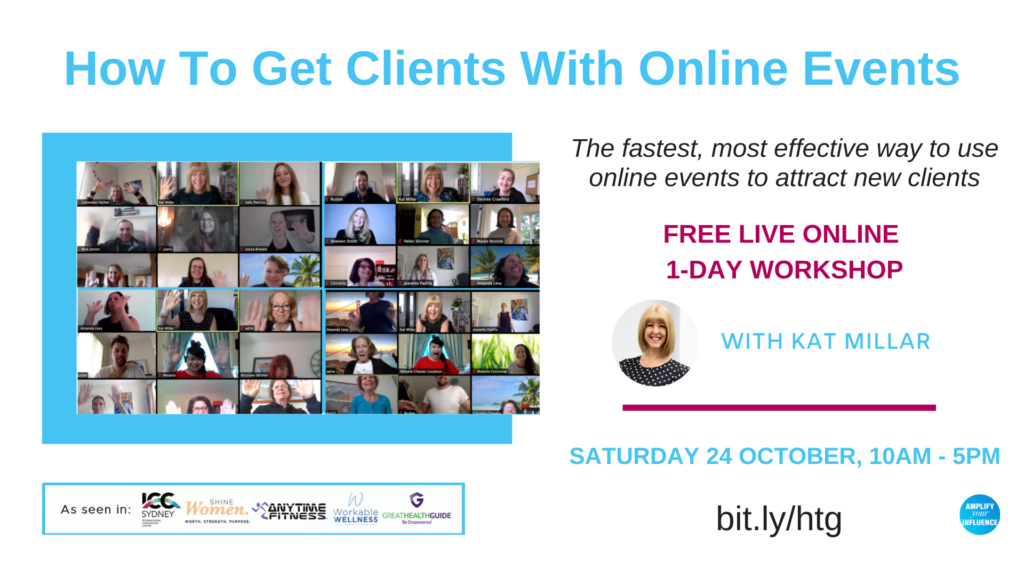
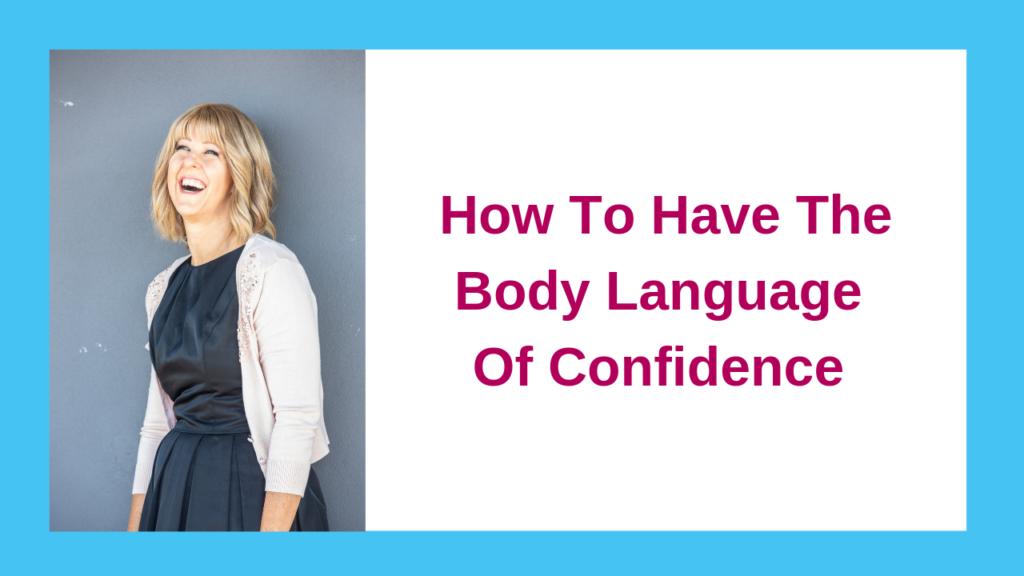
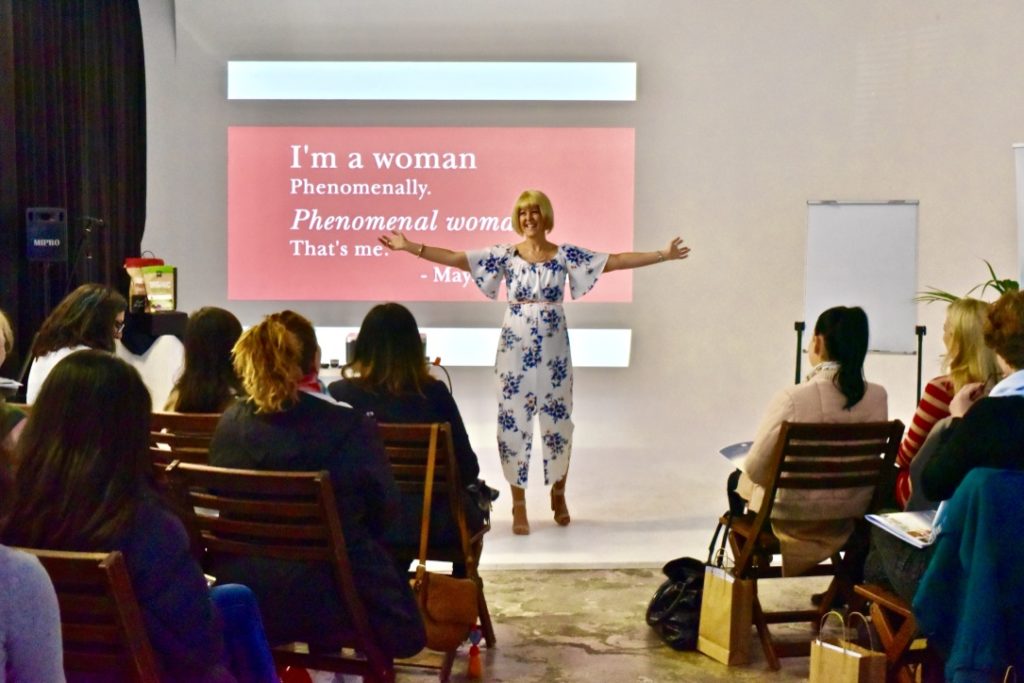 Part of our brain is scanning the body language to make sure that that person can be trusted. The more closed we are, the less confident we look.
Part of our brain is scanning the body language to make sure that that person can be trusted. The more closed we are, the less confident we look. People who are certain about what they’re saying use certain body language.
People who are certain about what they’re saying use certain body language. Another body language of confidence is symmetry.
Another body language of confidence is symmetry.